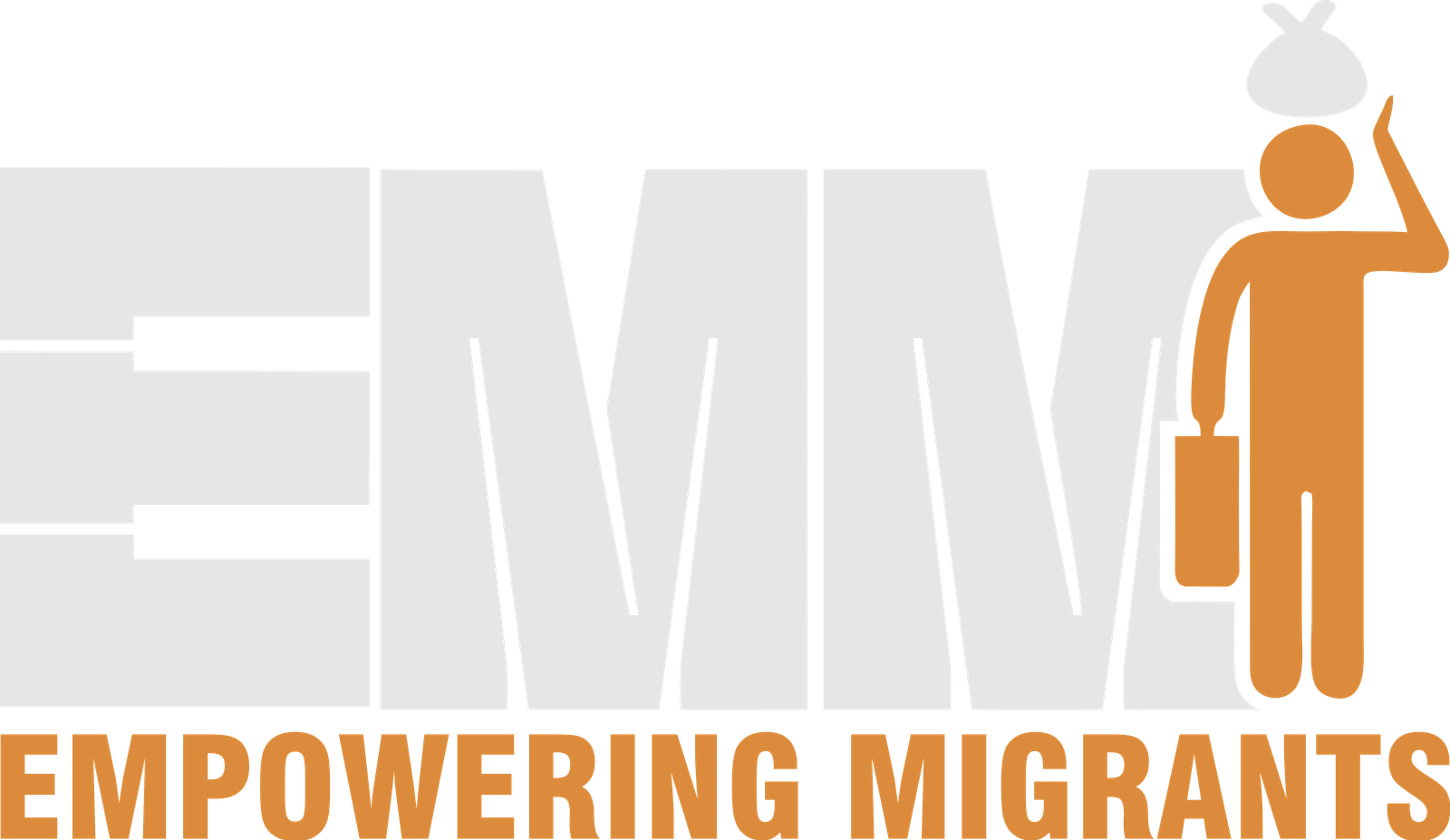Child labor is a global problem, and India is no exception. According to the 2011 Census of India, there were over 10.1 million child laborers in the country. Of these, 7.3 million were engaged in hazardous work. Migrant families are particularly vulnerable to child labor, as they often face poverty, lack of education, and social exclusion.
The Impact of Child Labor on Migrant Families
Child labor has a number of negative consequences for migrant families. Children who work are often unable to attend school, which limits their future opportunities. They are also more likely to be exposed to hazardous working conditions and health risks. Child labor can also lead to family breakdown and social isolation.
Census Data
The 2011 Census of India provides some insights into the prevalence of child labor among migrant families. The census data shows that:
- Over 30% of child laborers in India are migrants.
- Migrant child laborers are more likely to be engaged in hazardous work than non-migrant child laborers.
- Migrant child laborers are more likely to be boys than girls.
- Migrant child laborers are more likely to be from rural areas than from urban areas.
Breaking the Cycle of Child Labor and Migrant Families
Breaking the cycle of child labor and migrant families is a complex challenge. However, it is possible with the right policies and programs in place. These include:
Investing in education: Education is one of the best ways to prevent child labor. Children who are in school are less likely to work and more likely to have better job opportunities in the future. The government should invest in universal access to quality education for all children, regardless of their migration status.
Providing social protection for migrant families: Migrant families need access to social protection programs such as food security, healthcare, and housing. This will help to reduce their vulnerability to poverty and exploitation. The government should develop and implement social protection programs that are specifically designed to meet the needs of migrant families.
Enforcing labor laws: Labor laws in India prohibit child labor. However, these laws are often not enforced effectively. The government needs to do more to ensure that employers are complying with labor laws and that children are protected from exploitation. The government should also strengthen the capacity of labor inspectorates to identify and prosecute cases of child labor.
Promoting awareness and advocacy: It is important to raise awareness of the issue of child labor and to advocate for the rights of migrant children. This can be done through public education campaigns, lobbying government officials, and supporting civil society organizations that are working to protect migrant children.
Additional Measures to Break the Cycle
In addition to the measures listed above, there are a number of other things that can be done to break the cycle of child labor and migrant families. These include:
Supporting fair and ethical trade practices: Consumers can play a role in preventing child labor by supporting fair and ethical trade practices. When purchasing goods and services, consumers should look for products that are certified as being free of child labor.
Empowering communities: Communities can play a role in preventing child labor by working to address the root causes of poverty and social exclusion. This can be done by promoting education and skills training for adults, and by supporting community-based programs that provide support to migrant families.
Holding businesses accountable: Businesses have a responsibility to ensure that their products and services are free of child labor. Businesses should develop and implement child labor prevention policies and procedures, and they should conduct regular audits of their suppliers to ensure that they are complying with these standards.
By working together, we can create a world where all children have the opportunity to live free from child labor and exploitation.
Conclusion
Child labor is a serious problem that affects millions of children in India. Migrant children are particularly vulnerable to child labor, as they often face poverty, lack of education, and social exclusion. The census is an important tool for combating child labor, as it collects data on the number, age, sex, educational status, occupation, place of residence, and social group and caste of child laborers. This data can be used to identify areas with high concentrations of child labor and to develop and implement targeted programs to address the root causes of child labor.
In addition to using census data, there are a number of other things that can be done to break the cycle of child labor and migrant families. These include investing in education, providing social protection for migrant families, enforcing labor laws, and promoting awareness and advocacy. By taking these steps, we can create a better future for all children.






